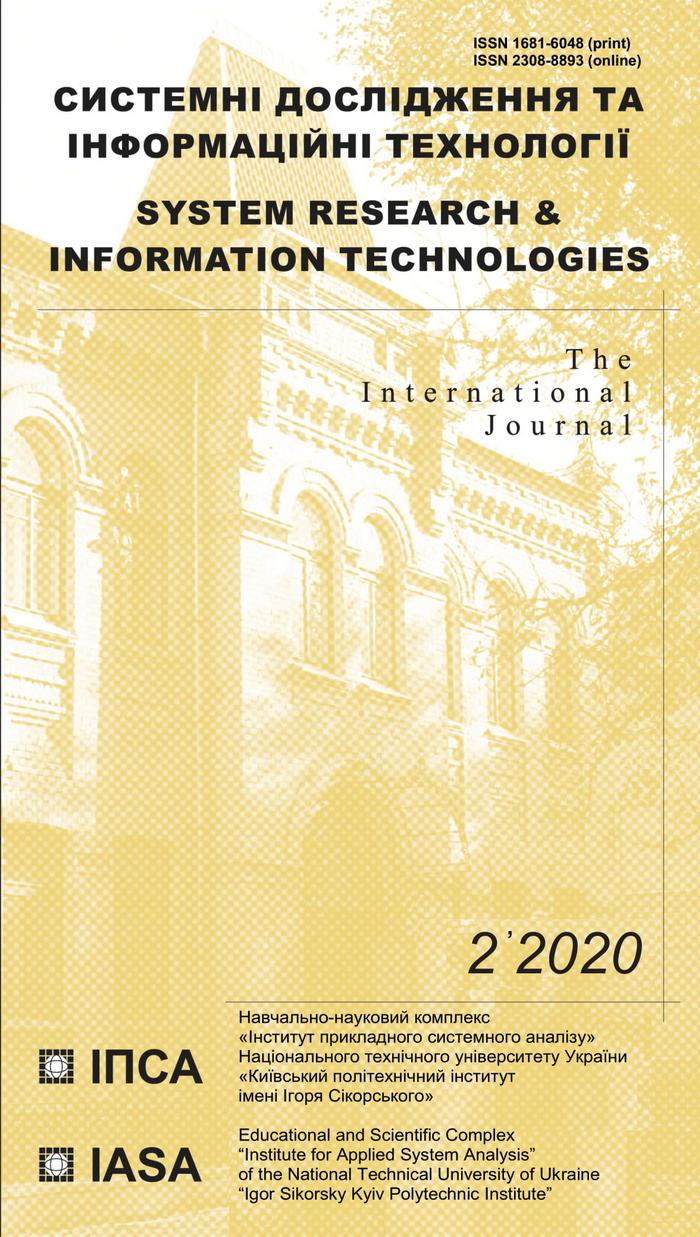Research of augmented reality marker recognition systems
DOI:
https://doi.org/10.20535/SRIT.2308-8893.2020.2.04Keywords:
augmented reality, markers, recognition speedAbstract
There are different ways to implement augmented reality. The marker method remains the most reliable and stable. An attempt has been made to determine which of the existing marker systems is better, more accurate, more reliable, and more convenient. A comparison of existing marker systems using visual markers encrypted using planar squares was made. The assessment was made based on criteria such as convenience, efficiency, accuracy, and reliability. Techniques used during the experiments: determination of processing time for detection and decoding of the marker, accuracy of determination of special points, recognition of the marker in case of projective distortions, recognition of several markers, recognition with a small area of the marker in the image, recognition in poor image focus. Four marker recognition systems were used for comparison. The evaluation results of both qualitative and quantitative in terms of ease of use, efficiency, accuracy, and reliability of such systems are presented. This provides an analysis of the advantages and disadvantages of various aspects of marker tracking systems.References
Y. Ham and M. Golparvar-Fard, “EPAR: Energy Performance Augmented Reality models for identification of building energy performance deviations between actual measurements and simulation results”, Energy and Buildings, vol. 63, pp. 15–28, 2013.
J. Scholz and K. Duffy, “We ARe at home: How augmented reality reshapes mobile marketing and consumer-brand relationships”, Journal of Retailing and Consumer Services, vol. 44, pp. 11–23, 2018.
S.M.C. Loureiro, J. Guerreiro and F. Ali, “20 years of research on virtual reality and augmented reality in tourism context: A text-mining approach”, Tourism Management, vol. 77, pp. 104028, 2020.
P.V. Esch, D. Arli, M.H. Gheshlaghi, V. Andonopoulos, T.V.D. Heidt, and G. Northey, “Anthropomorphism and augmented reality in the retail environment”, Journal of Retailing and Consumer Services, vol. 49, pp. 35–42, 2019.
C. Goebert and G.P. Greenhalgh, “A new reality: Fan perceptions of augmented reality readiness in sport marketing”, Computers in Human Behavior, vol. 106, pp. 106231, 2020.
T. Liao, “Future directions for mobile augmented reality research: Understanding relationships between augmented reality user’s nonusers content devices and industry”, Mobile Media & Communication, vol. 7, no. 1, pp. 131–149, 2018.
M.S. Sidhu, “Evaluation Study Outcome of Augmented Reality Technology for Solving Engineering Problems in UNITEN”, International Journal of Information and Communication Technology Education, vol. 15, no. 2, pp. 69–84, 2019.
Y. Zhang, D. Guo, D. Yao, and P. Xu, “The extension of multivariate synchronization index method for ssvep-based bci”, Neurocomputing, vol. 269, pp. 226–231, 2017.
S. Kishore et al., “Comparison of ssvepbci and eye tracking for controlling a humanoid robot in a social environment”, Presence-Teleoper. Virtual Env., vol. 23, no. 3, pp. 242–252, 2014.
P. Achlioptas, O. Diamanti, I. Mitliagkas, and L. J. Guibas, “Learning representations and generative models for 3d point clouds”, in Proceedings of the 35th International Conference on Machine Learning ICML 2018, pp. 40–49, 2018.
ArToolKit [Online]. Available: http://www.hitl.washington.edu/artoolkit/ (accessed on: 10.05.2020).
ARVIKA [Online]. Available: http://www.arvika.de/www/index.htm (accessed on: 05.05.2020).
Open source computer vision library [Online]. Available: http://www.intel.com/research/mrl/research/opencv/ (accessed on: 07.05.2020).

